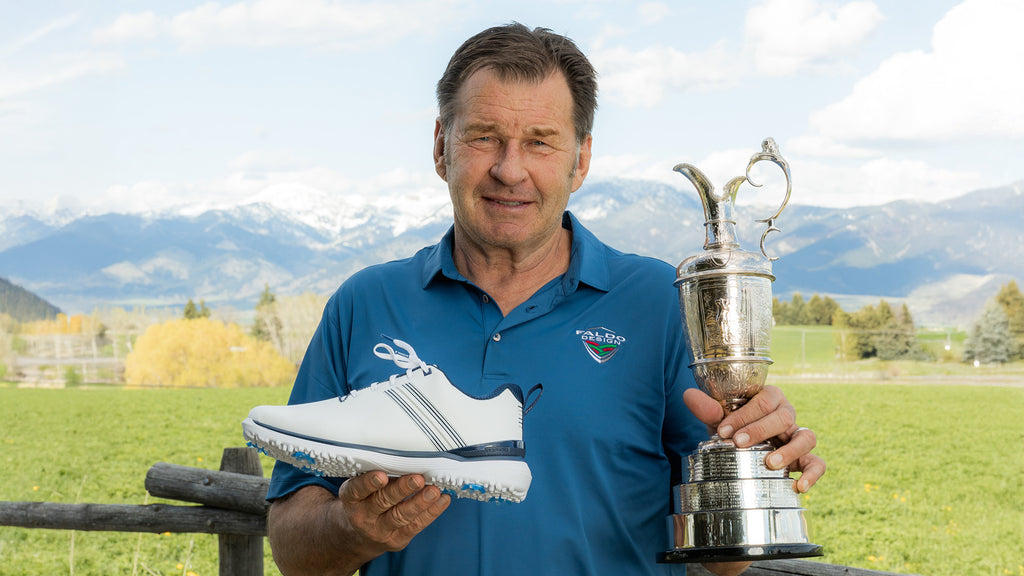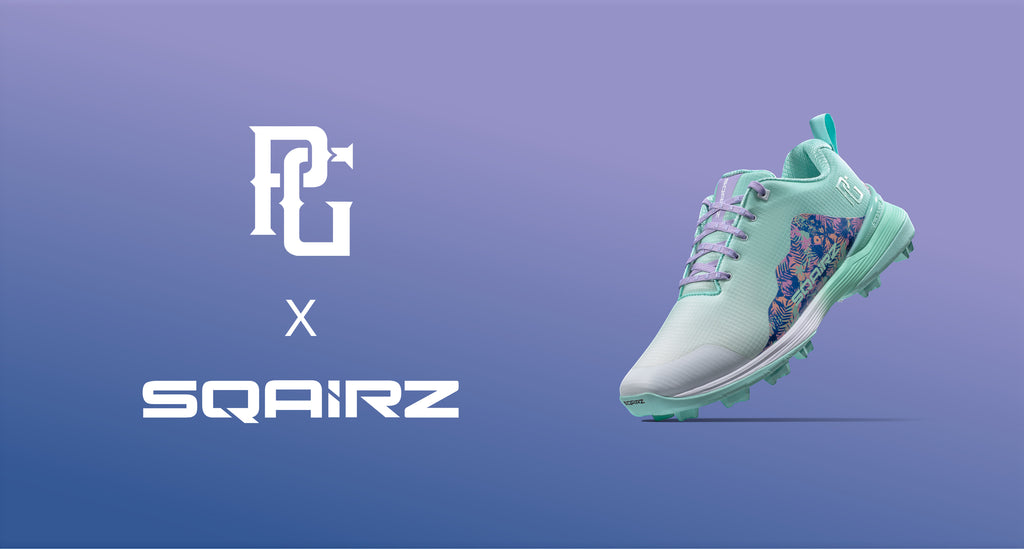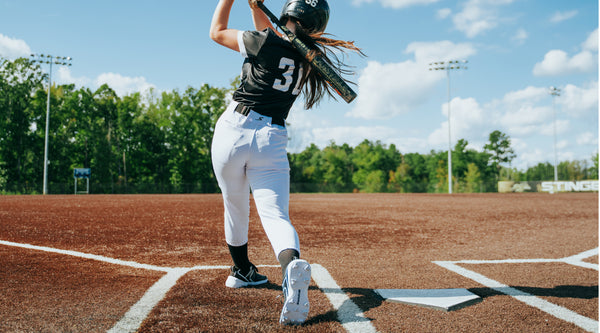Originally published on September 1, 2024 by Chad Miller, Heather Keepers, Allen Thomas, Dr. Paul Klutts, Dr. Heiko Adams, and Dr. Ryan Krupp.
Overview
From June 1, 2024, through August 1, 2024, fifty-four collegiate pitchers were studied on how their velocity changed by switching their shoes from their traditional footwear to SQAIRZ Vēlo Turf shoes.
Method
The pitchers were studied utilizing a traditional radar gun. The pitchers completed their standard activation that included their arm and body activation protocols and throwing routines. Each player verbally stated that they were activated and utilized their normal warm up. The players then stepped onto the mound which was indoor and on a standard indoor mound with MLB dimensions. Players were not given any corrective cues or coaching during the Bullpen session. The players were instructed to change their shoes after their third round of pitches. The players then followed the following format:
- 10 step throughs
- 10 Fastballs
- 10 Mix
- 10 Four Seam Fastballs with their normal shoes on
- Change Shoes
- 10 Four Seam Fastballs with SQAIRZ Vēlo shoes on
The pitches were recorded and then the average Four Seam Fastball was recorded and documented.
Observations
Forty-one out of Fifty-four players (76%) saw increases in throwing velocity during their sessions, with the highest level of increase being eight mph. Six players saw decreases in throwing velocity, with the largest decrease being a reduction of three mph. Eight players did not see a difference in velocity and remained the same in SQAIRZ as they threw in their normal shoes.
The players wore a variety of shoes that ranged from Adidas, New Balance, Nike, and Under Armour. The largest variance in velocity was with Nike at an average of six mph. New Balance had the smallest variance in velocity of 1.8 mph. The players that demonstrated a minimal amount of variance in velocity when switching shoes did the best job of establishing balance and stability in the sit position and maintained anatomical stack into their load phase of their mechanics. Their Kinematic Sequence was also in order.
Players that saw the largest variance also had poor balance and stability in their sit position of their delivery. In their normal shoes they displayed a lot of medial to lateral translation at the ankle and subtalor joints. When the players put on the SQAIRZ it was visibly more stable at those to joint segments. In addition to the hyper mobility at the sub tailor and ankle joints the players that had the largest variance also all possessed a Varus throwing side foot biomechanical foot profile (Big Toe Up).

Conclusions
The SQAIRZ Vēlo Turf shoes showed a significant improvement in pitchers' velocity across the Fifty-Four Pitchers that were studied. The SQAIRZ Vēlo Turf shoes assisted the players through improving their balance, which allowed them to then improve on their direction and consistent timing of their release. The average velocity increase was 2.1 mph across the group when the players changed from their normal shoes to SQAIRZ Vēlo Turf shoes. The data and findings are compelling enough to warrant a more extensive study.
For more information please contact:
Chad Miller M.A.
(502)407-1434
ChadMiller7@icloud.com




1 comment
Similar to my comment in the hitting blog, I believe the shoes are MUCH more helpful to those starting at lower numbers. My quick calcs show that for pitchers who started in the 70’s, they gained an avg of 4.3MPH! Nearly double the number for the full data set. Once again, this might be because the shoes can compensate for poor mechanics but if your mechanics are already good, they help a lot less.